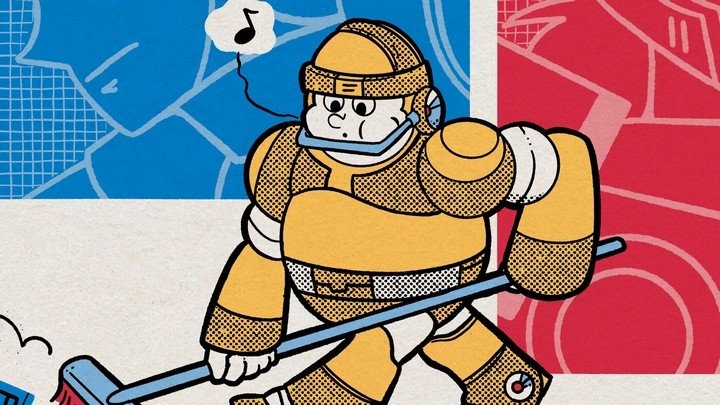Luigi's Mansion 3: Frightfully good
Luigi says "goo" to a ghost
It’s widely reported by now that Luigi’s Mansion 3 is a bit of triumph, but that shouldn’t be a surprise to anyone who’s been paying attention. Next Level Games have been calmly pumping out quality software for ages – Mario Strikers Charged remains one of the very best Wii titles – and their 3DS Luigi’s Mansion: Dark Moon (Luigi’s Mansion 2 in Blighty, where things used to make sense) was terrifically good. Really, there are only a handful of small flaws with the third game in the series, the most pressing one being that it doesn’t actually take place in a mansion, rather an enormous hotel. Now, this isn’t a dealbreaker, but Hotel Mario exists whether Nintendo wants it to or not, and this was a primo excuse to call back to its chequered history with Hotel Luigi. But they didn’t, in favour of brand recognition. Which is, let’s face it, cowardice.
The central gameplay of Luigi’s Mansion 3 remains much the same as the 2001 Gamecube original, with the scaredy-cat Mario Brother pottering around a big scary house, knees knocking as he vacuums up spooks with the Poltergust. Dyson with death, indeed. The structure is rather different, though – it’s a halfway house between the original’s large interconnected environment and Dark Moon’s fragmented mission-based design. While 3 has you doing plenty of exploring, you’re effectively moving from floor to floor in the hotel’s elevator, giving it a linear, disjointed feel. This isn’t a problem for me, as I prefer having “chapter stops” in games to give me a decent time to knock off, so to speak.

Interactivity has been hugely expanded from either of the predecessors, with a wide variety of stuff to suck and blow (Arf! Arf! – Finbarr Saunders) in diverse, interesting environments. One major new feature is the presence of the slightly grotesque Gooigi, a clone of our hero made entirely out of indeterminate slime. Switching between the two is the crux of a lot of the traversal and puzzles here – which makes the new local co-op a little bit duller than it ought to be as the players spend so much time apart. The main adventure feels like a single-player experience through and through, though the bonus “Scarescraper” mode offers more focused geist-snaring action for up to eight players.

Some may lament the loss of character in the ghosts themselves, compared to the Gamecube version. It’s true that they’re more homogenous in their design, but the charm has gone into the hotel itself, with every room seeming to offer up some fresh delight. For my money, it’s the best game in an already-stellar series and it deserves all the plaudits and success it’s got coming to it.




